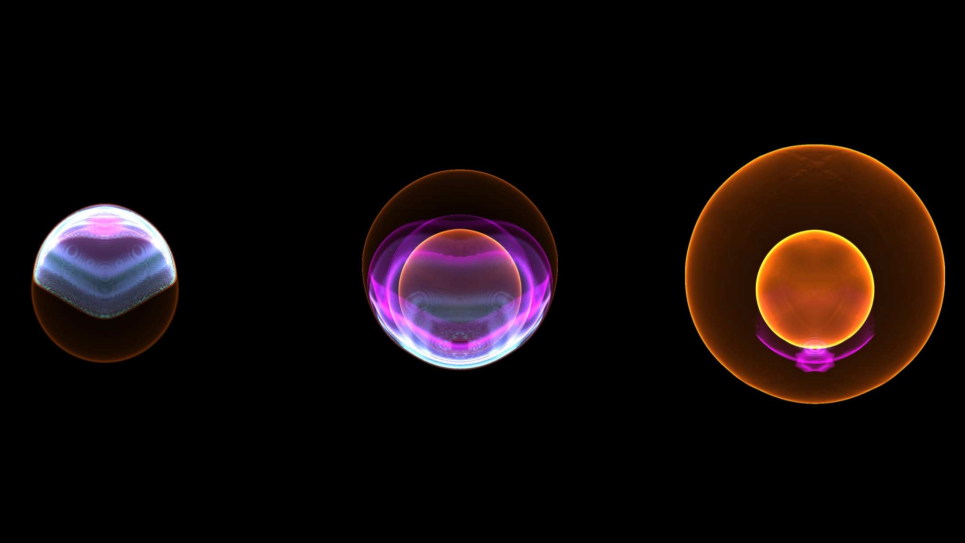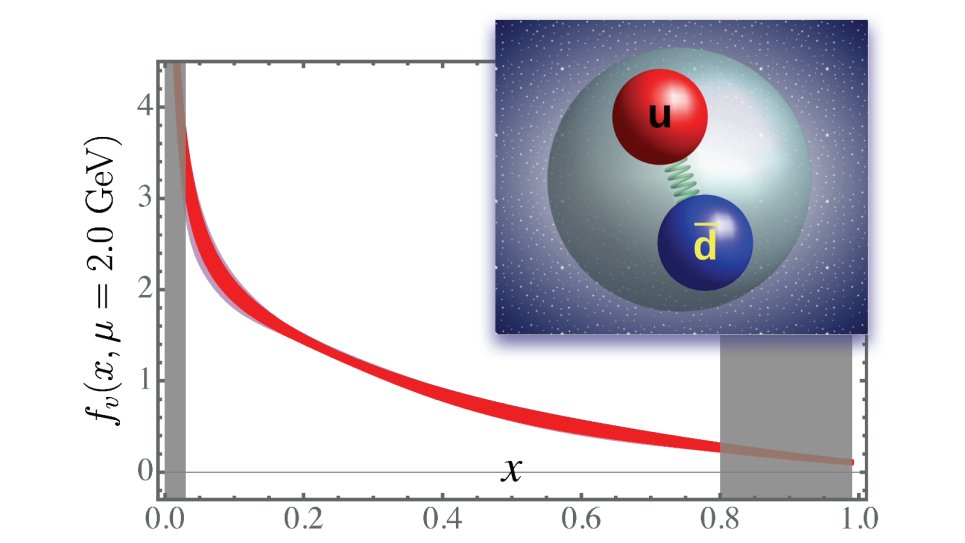Nuclear reactors provide a safe, carbon free source of energy and are a key component of domestic clean energy production. Improving nuclear reactor design is therefore important for increasing the utility and energy efficiency of this important energy source. In current reactor designs, excess heat produced in the nuclear reactor is cooled by water. Although the water cooling system controls the reaction process, efficiency is lost as water slows the speed of the neutrons (an important particle to the nuclear reaction process). The lost efficiency translates into greater nuclear waste products and less energy efficient reactors. A sodium cooled fast reactor (SFR) is a promising alternative to a water cooled reactor. However, challenges in SFR safety and design have hindered their implementation. An important safety aspect of the SFR design is that the reactor core be free of moving parts and the coolant flow driven by buoyancy induced by the heat of the fuel rods. Control of the coolant flow rate and, hence, cooling is determined by controlling pressure drops in the flow path for each of the several hundred assemblies in the reactor. Knowing these pressure drops as a function of flow rate is crucial to the reactor design process.
This project supports simulations to examine two successive components in the flow path, namely, the assembly entrance port and the orificing plate stack, components crucial to the overall design process. The outcome of this work will be a greater understanding of controlling cooling in SFR and an important step towards building better, safer, and more energy efficient nuclear reactors.


